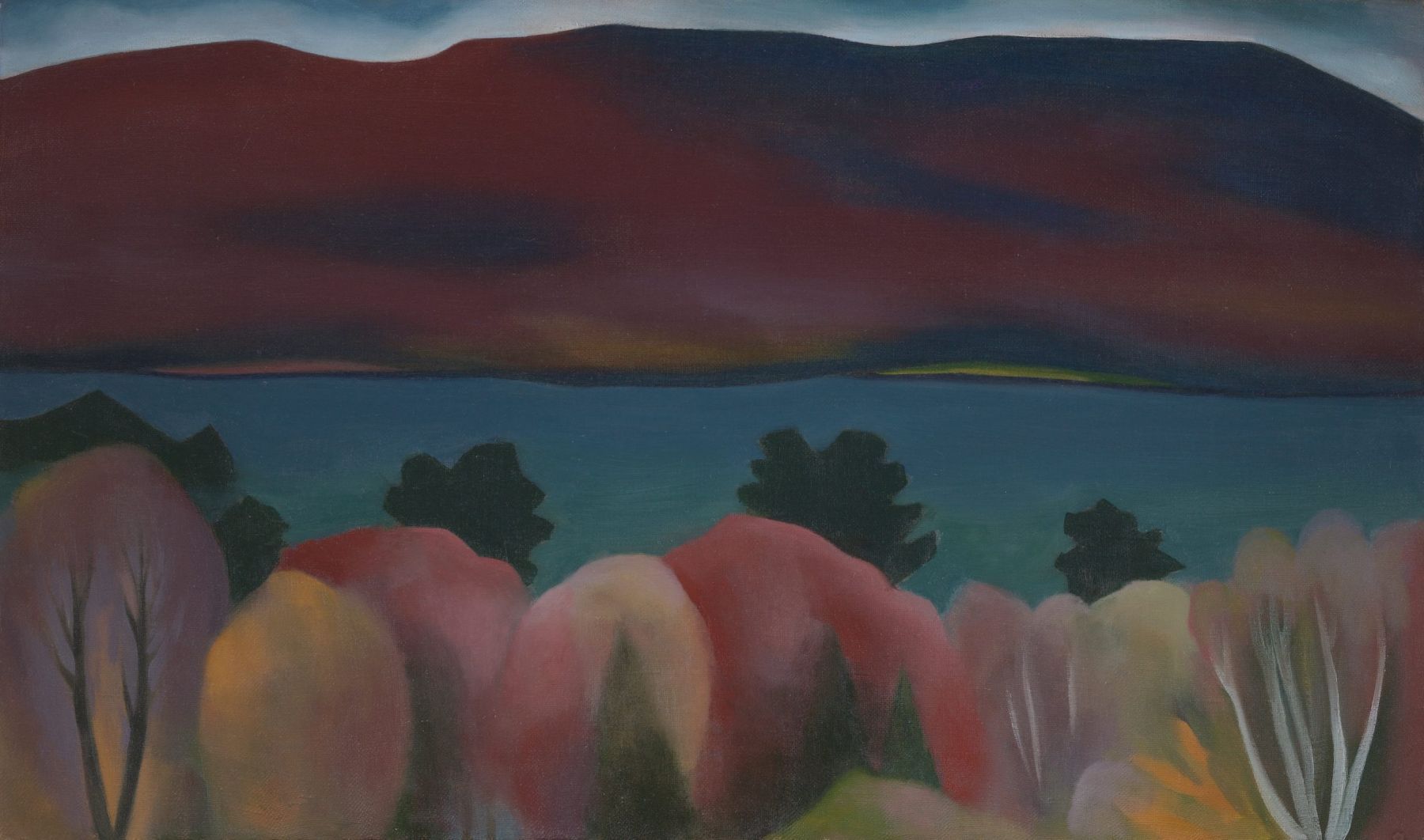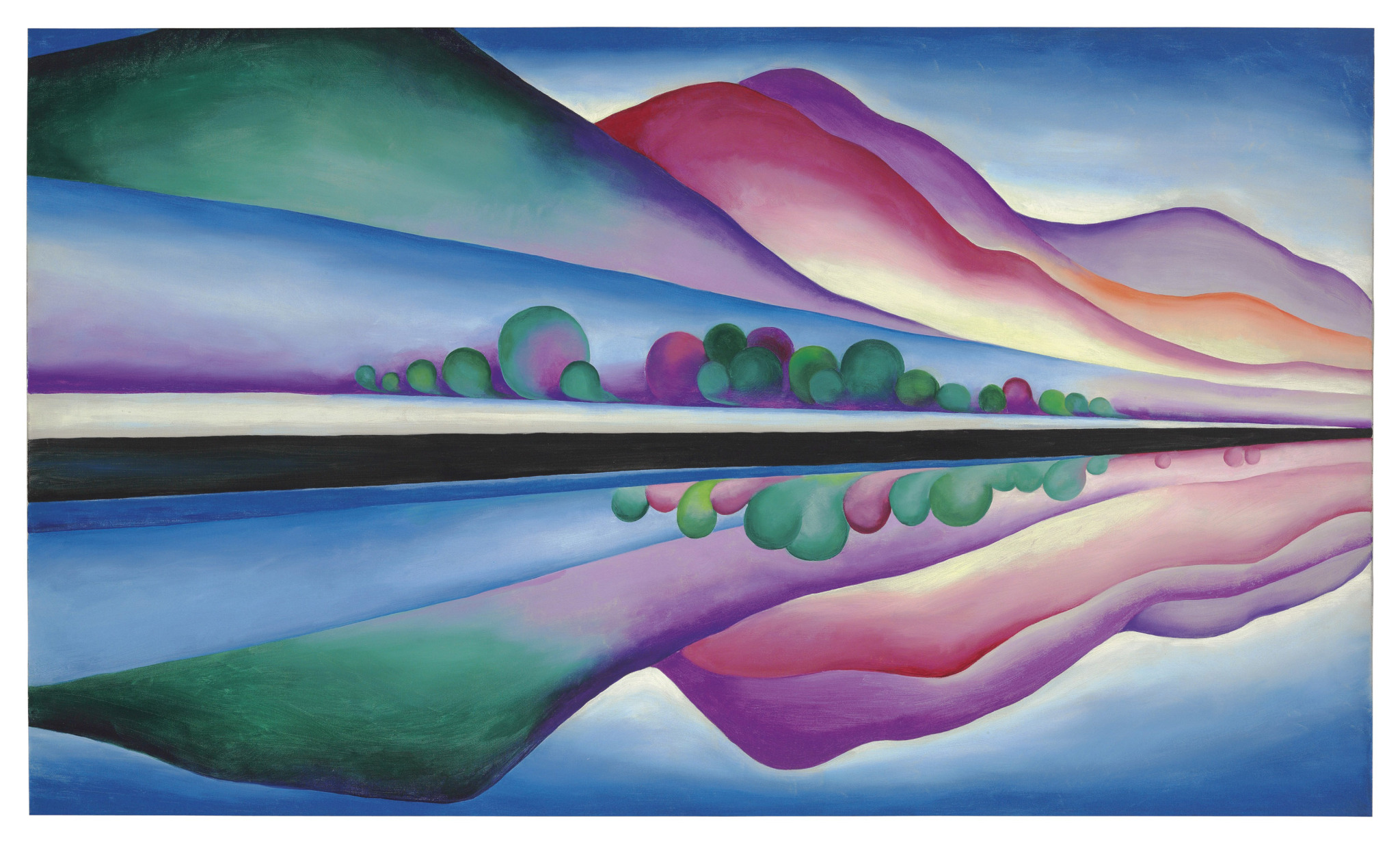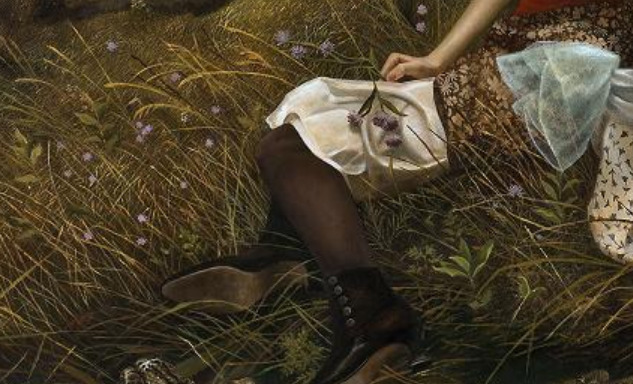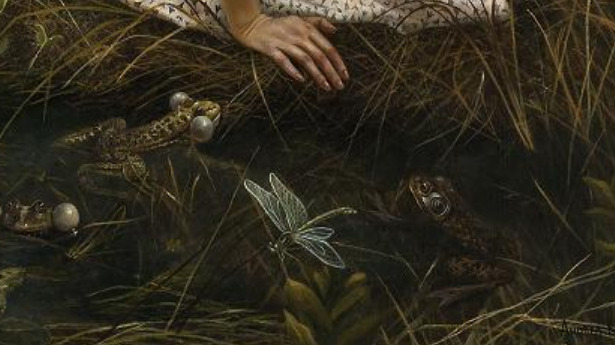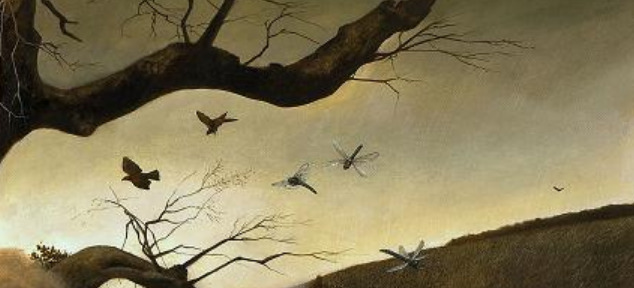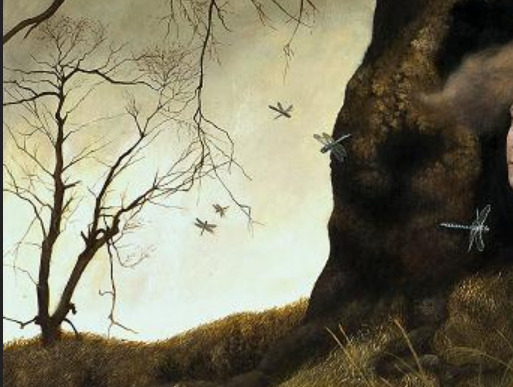“Is not this a true autumn day? Just the still melancholy that I love – that makes life and nature harmonise. The birds are consulting about their migrations, the trees are putting on the hectic or the pallid hues of decay, and begin to strew the ground, that one’s very footsteps may not disturb the repose of earth and air, while they give us a scent that is a perfect anodyne to the restless spirit. Delicious autumn! My very soul is wedded to it, and if I were a bird I would fly about the earth seeking the successive autumns.”
(Letter to Miss Lewis, Oct. 1, 1841, George Eliot, George Eliot’s Life, as Related in Her Letters and Journals)
 Georgia O’Keeffe, Lake George – Autumn, 1922
Georgia O’Keeffe, Lake George – Autumn, 1922
Two Octobers ago I wrote a post called “Different Faces of Autumn” and it was a little selection of autumn themes in art. This year I decided to do something similar. I gathered a few intersting paintings by different painters and all of them have something autumnal in them whether it’s the autumn foliage or pumpkins, autumnal colours, word ‘autumn’ in the painting’s title etc. The first painting here is Georgia O’Keeffe’s “Lake George – Autumn” from 1922. The painting shows the Lake George in Warren County, New York. O’Keeffe’s husband, the famous artist and photographer Alfred Stieglitz, had a family house by the Lake George and that is why Georgia had an opportunity to spend her holidays by the lake. The horizontally elongated shape of the canvas is further emphasised by the composition which consists of four horizontal layers of motives; the thin layer of the sky in the far distance, the mountains, the blue lake and the lush trees with autumnal foliage in the foreground. Every motif is simplified and almost abstracted because O’Keeffe never wanted to portray reality or nature realistically with all its details.
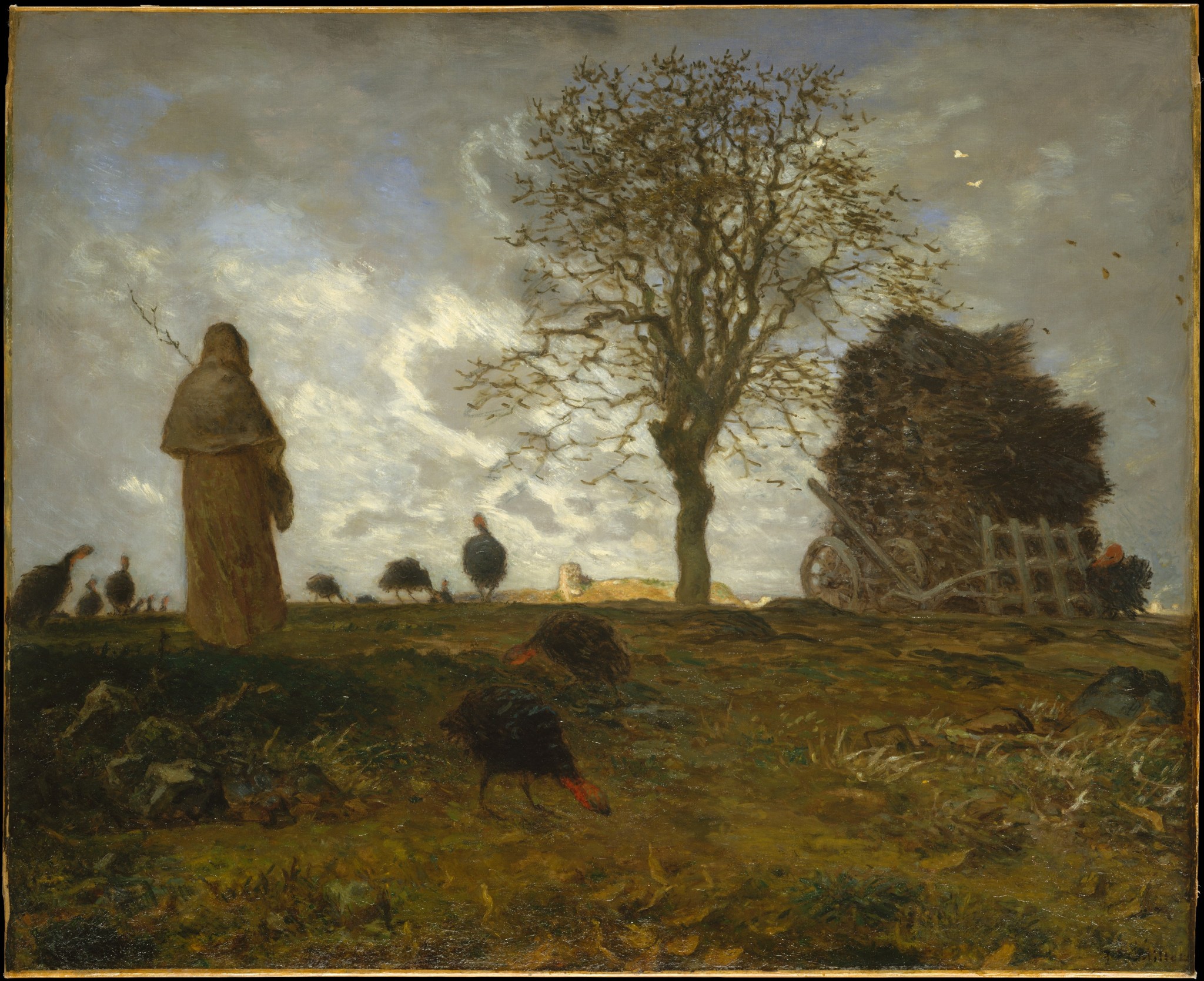
Jean-Francois Millet, Autumn Landscape with a Flock of Turkeys, 1872-73
From O’Keeffe’s vibrancy through Millais’ melancholy, in this next painting called The gloomy and foreboding mood of Jean-Francois Millet’s painting “Autumn Landscapes with a Flock of Turkeys” is a stark contrast to O’Keeffe’s playful, nearly abstract, and vibrant portrayal of the Lake George in autumn and Millais’ lyrical and melancholy mood in “Autumn Leaves”. Millet painted this during his stay in the village of Barbizon. He wrote to his patron Frederic Hartmann on the 18 February 1873 that his painting for the dealer Durand-Ruel was almost finished, and he even included a brief description of the painting: “It is a hillock, with a single tree almost bare of leaves, and which I have tried to place rather far back in the picture. The figures are a woman seen from behind and a few turkeys. I have also tried to indicate the village in the background on a lower plane.” The tall tree with bare branches, its last leaves being carried off by the wind of change, turkeys walking aimlessly around the field, a mysterious shrouded figure of a woman, the bleak, earthy brown tones; all of this gives a heavy, autumnal mood to the painting. There is a slight worm’s eye view so the gloomy sky and the tree appear even more threatening and sublime.
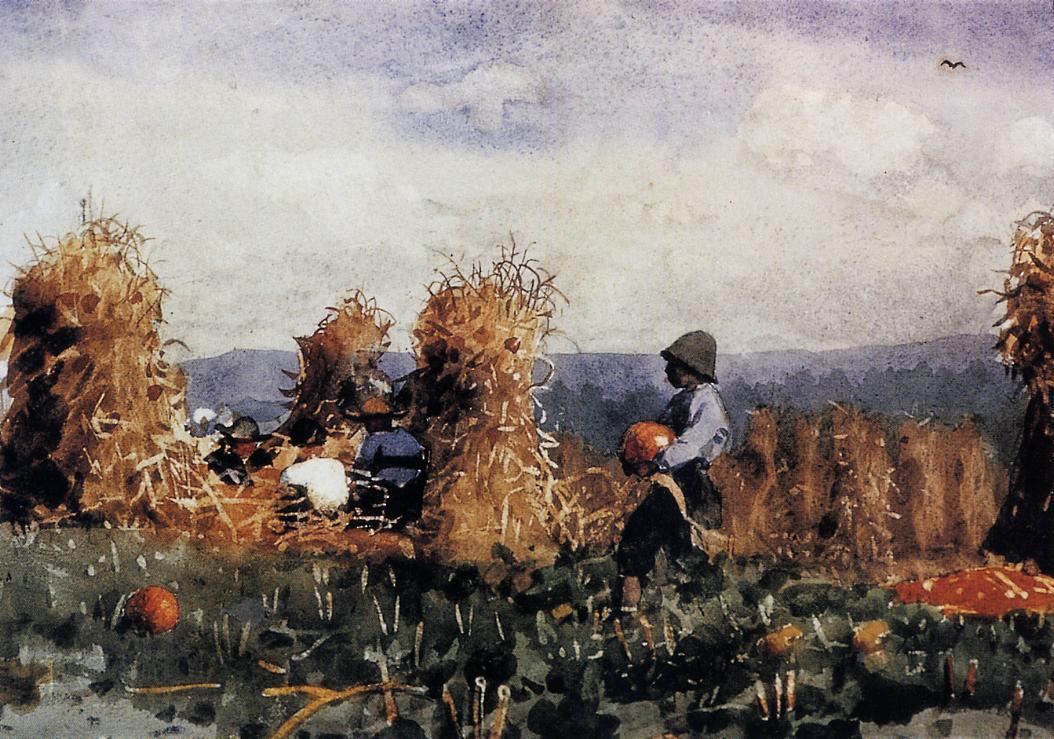
Winslow Homer, Pumpkin Patch, 1878
Winslow Homer’s watercolour “Pumpking Patch” is a simple scene from everyday life which shows children in a pumpkin patch. Homer painted many watercolours with scenes from countryside life and these artworks bring to life the day to day activities; women gathering eggs or picking apples, milk maids, shepherdesses, reapers, or just children playing. In this watercolour we see a similar composition to O’Keeffe’s painting; the painting is composed of three horizontal layers; the sky, the haystacks and grass. There is a young boy carrying a pumpking across the pumpkin patch and some children on the left are seen sitting down and chatting. One bird in the sky. Just a peaceful countryside scene from a watercolour master that Homer was.
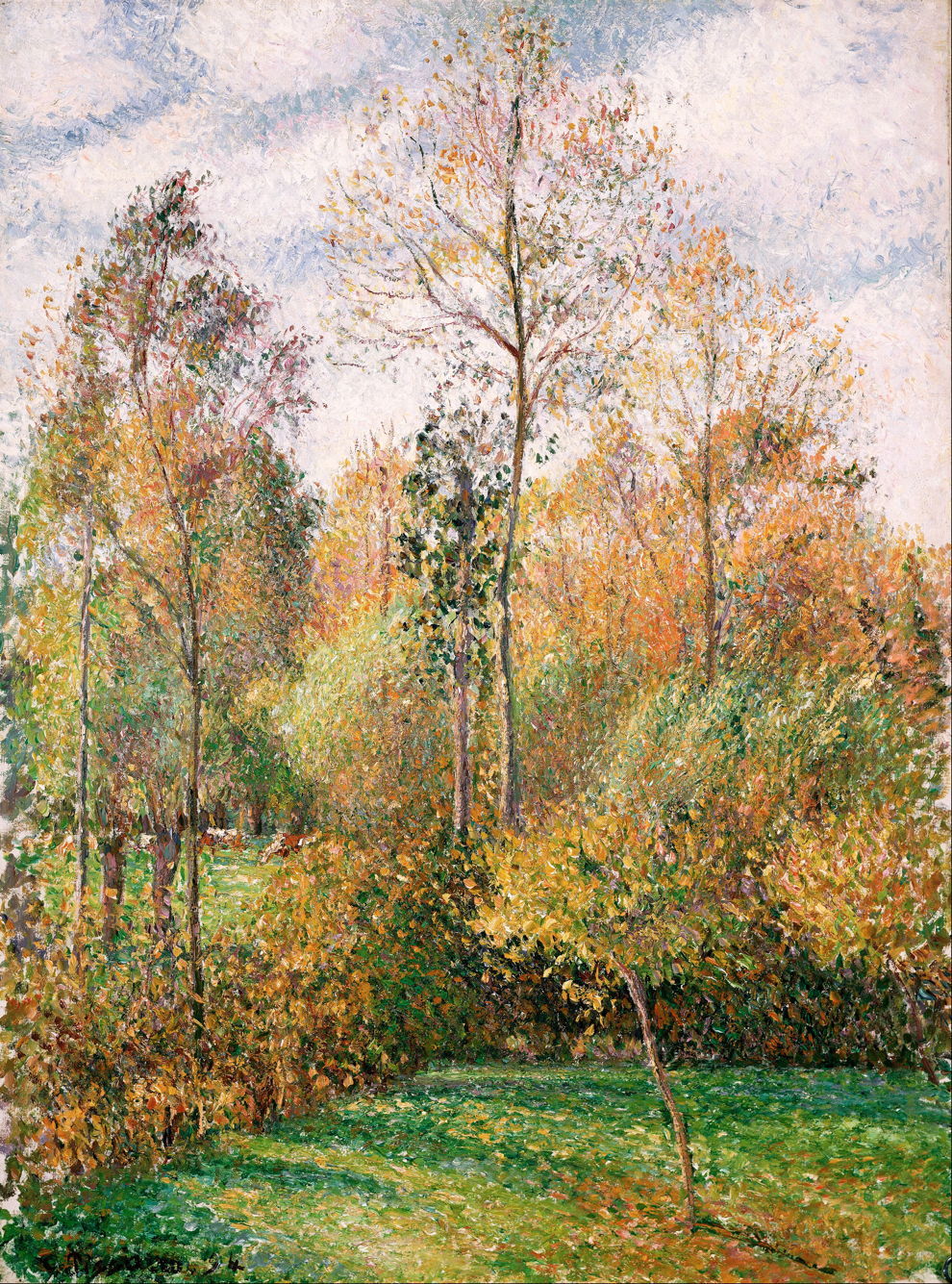
Camille Pissarro, Autumn, Poplars, Éragny, 1894
Pissarro’s painting “Autumn, Poplars, Eragny” brings to mind the views that I see from the window of the train when I am going to my university lectures. Landscapes of meadows, woods, fields, houses and villages, all pass by my eyes swiftly but they awaken artistic feelings inside me because they bring to mind all the simple yet delightful landscapes painted by Impressionists. The clouds in the baby blue sky are smiling and the sun is casting its warm lightness on the trees and the grass. The green leaves on the branches seem to be competing with the yellow and brown ones. Some trees are completely covered in yellow leaves while some are still green; nothing speaks more of autumnal transience than seeing the leaves on the trees change colour until there are no more leaves left on the branches.
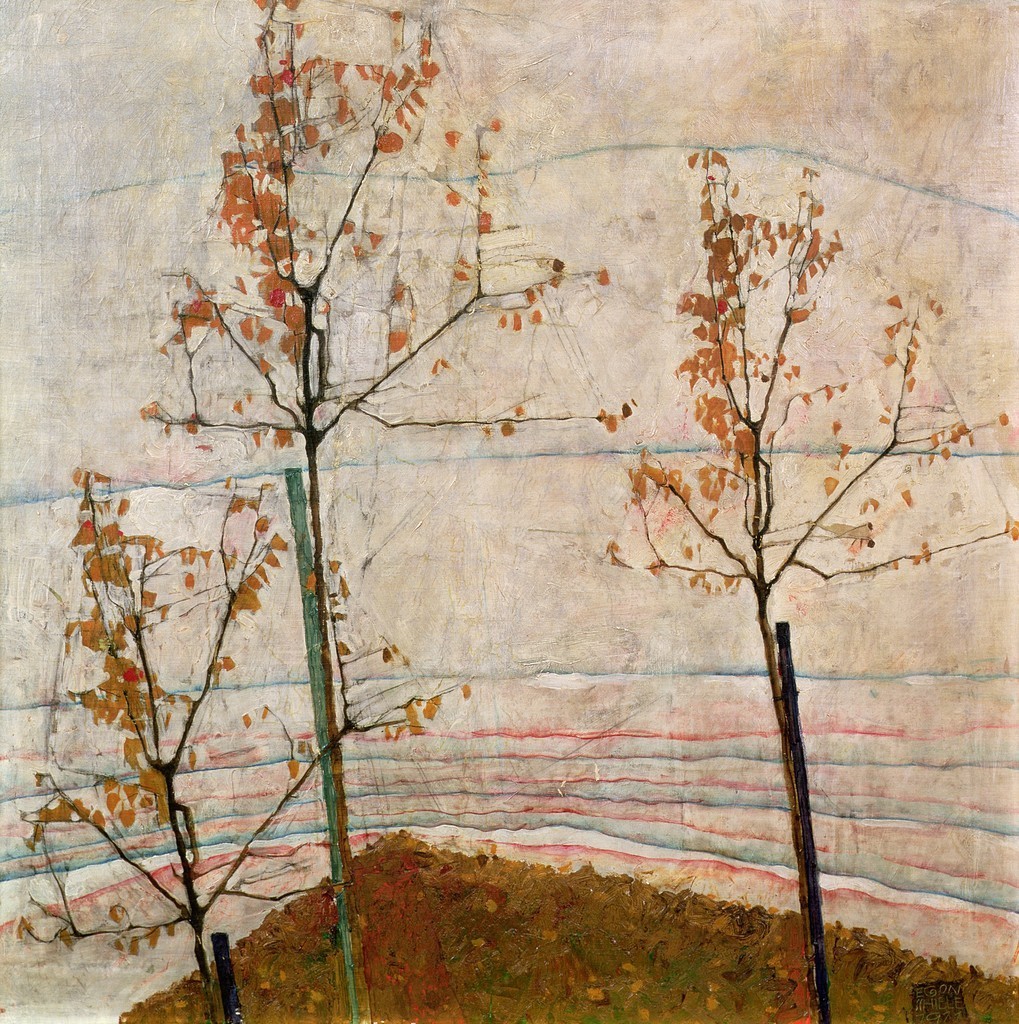
Egon Schiele, Autumn Tree, 1911
Schiele’s approach to painting nature was similar to his approach when it came to painting portraits. For him painting a tree was not just painting a portrait of a tree, painting nature was a way of capturing emotional states. The trees, so thin and so fragile, and almost bare, with their long almost skeletal branches, growing from the wet, barren soil, standing still againsts the gusts of the cold autumn wind, they are symbolic of human isolation and loneliness. Schiele’s portrayal of autumn is this drab, cold November autumn when things are staring to be sad and grey. I wrote more about Schiele’s autumn trees in the post here.
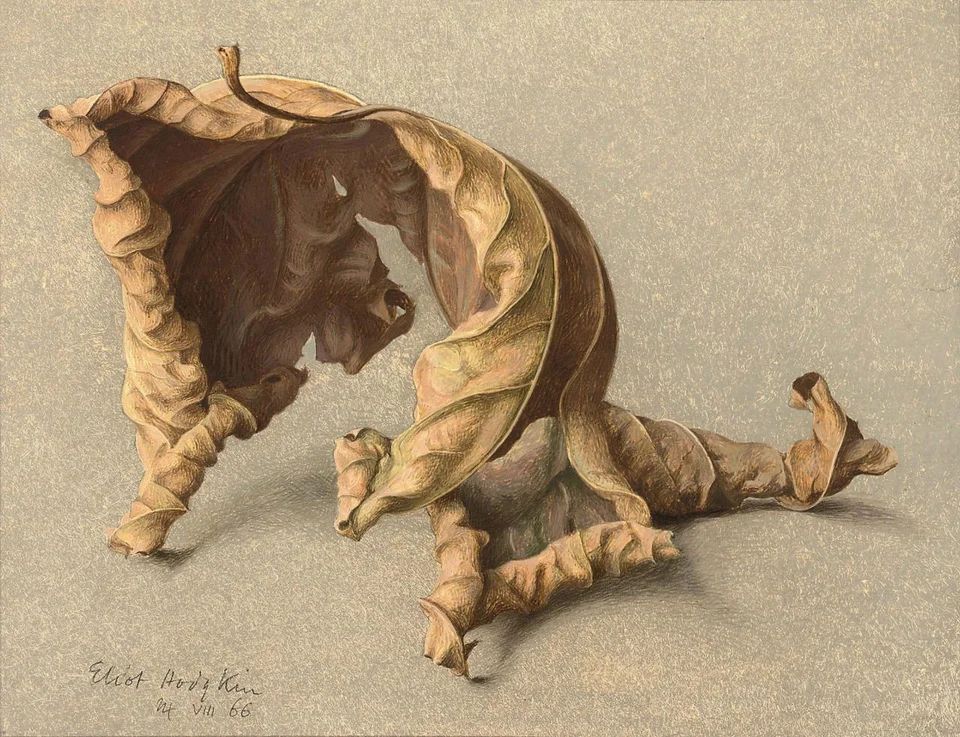
Eliot Hodgkin, Large Dead Leaf No. 2, 1966
Eliot Hodgkin, a less known English artist, painted this interesting painting called “Large Dead Leaf No. 2” in 1966 and I think it fits nicely into this little selection of autumn themed paintings. The date is pretty recent considering the nineteenth century paintings in this post. Hodgkin loved to paint still lives of objects from nature such as fruit, vegetables, flowers, and leaves, and he approached his motives in the similar way that Georgia O’Keeffe did; he noticed the little things that most people wouldn’t and his painting style shows this precise observation and curiosity. Just look at how he approached this dead leaf, which some have suggested is a sycamore leaf but I am not sure. The dead autumn leaf is twisting from dryness and Hodgkins captures all its nuances of brown colour and tiny veins. It’s almost an exercise in mindfulness. Here is what the artist said about his approach in 1957: “In so far as I have any conscious purpose, it is to show the beauty of natural objects which are normally thought uninteresting or even unattractive: such things as Brussels sprouts, turnips, onions, pebbles and flints, bulbs, dead leaves, bleached vertebrae, an old boot cast up by the tide. People sometimes tell me that they had never really ‘seen’ something before I painted it, and I should like to believe this… For myself, if I must put it into words, I try to look at quite simple things as though I were seeing them for the first time and as though no one had ever painted them before.”
I hope you enjoyed this little selection of autumn in art! Naturally, there are many many other autumn themed paintings which are gorgeous and interesting but this is just my selection for this year.
Tags: 1872-73, 1878, 1894, 1911, 1921, 1922, 1966, art, art blog, Autumn, Autumn Beach Landscape, Autumn Landscape with a Flock of Turkeys, Autumn leaves, Autumn Poplars Éragny, Camille Pissarro, Eliot Hodgkin, Georgia O'Keeffe, Impressionism, Jean-Francois Millet, Lake George - Autumn, leaves, Nature, october, orange leaves, Pumpkin Patch, Symbolism, watercolour, Winslow Homer
 Marianne Faithfull photographed by Gered Mankowitz at the Salisbury Pub, 1964
Marianne Faithfull photographed by Gered Mankowitz at the Salisbury Pub, 1964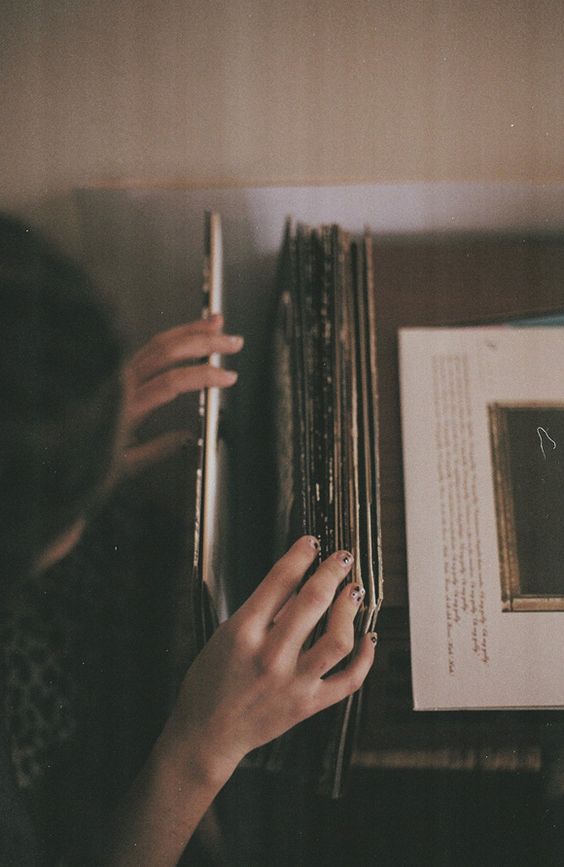
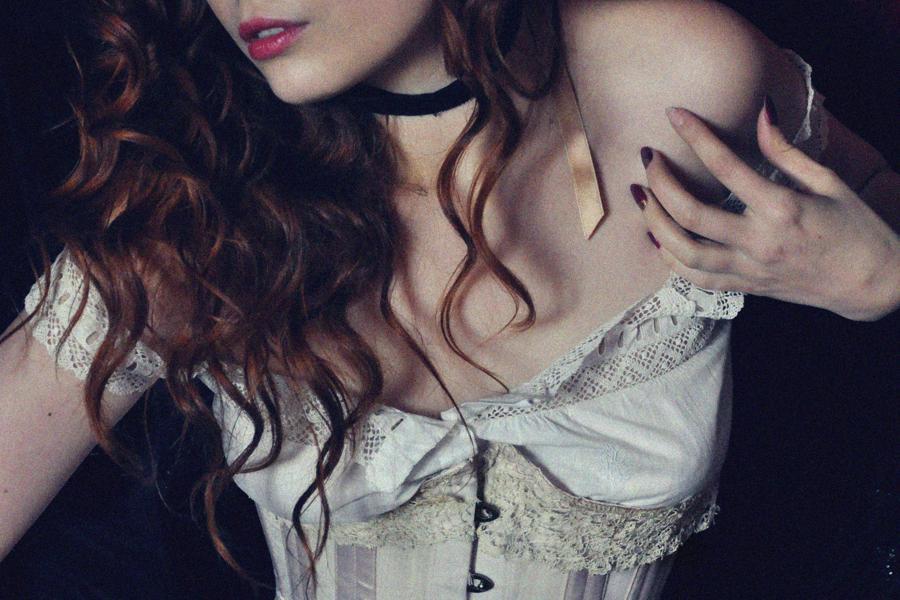
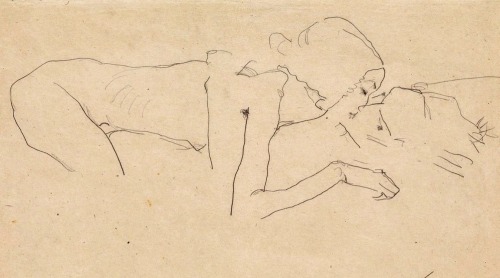
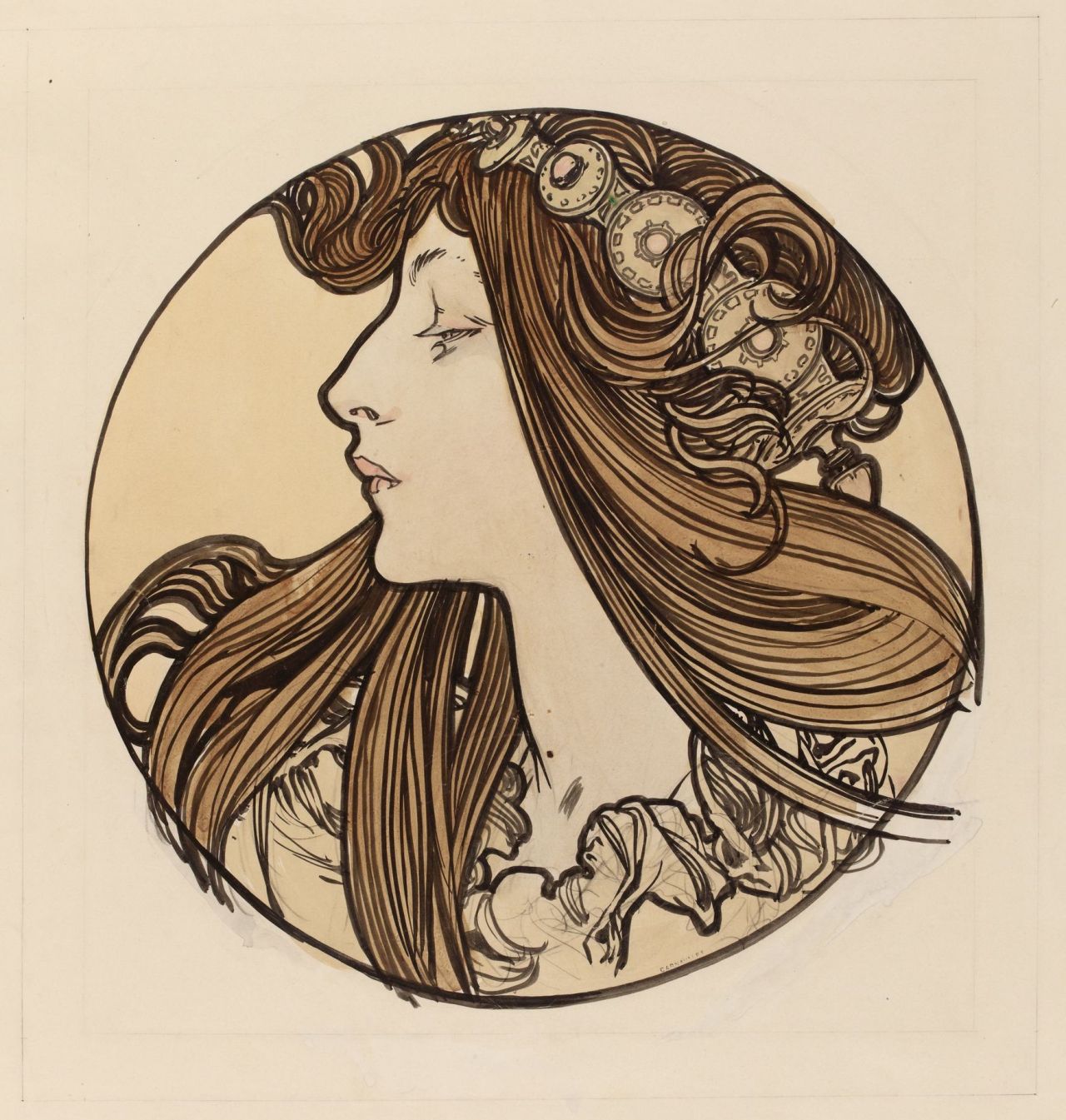
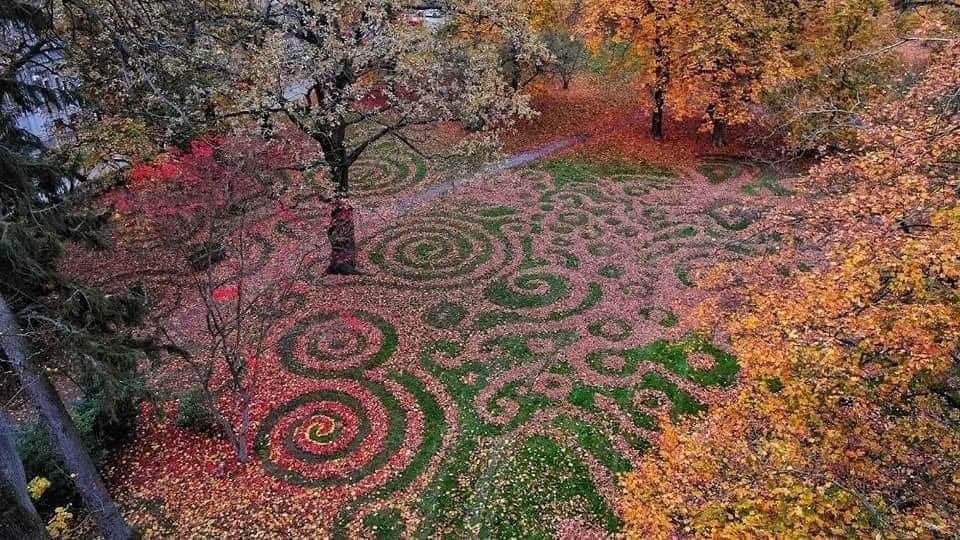
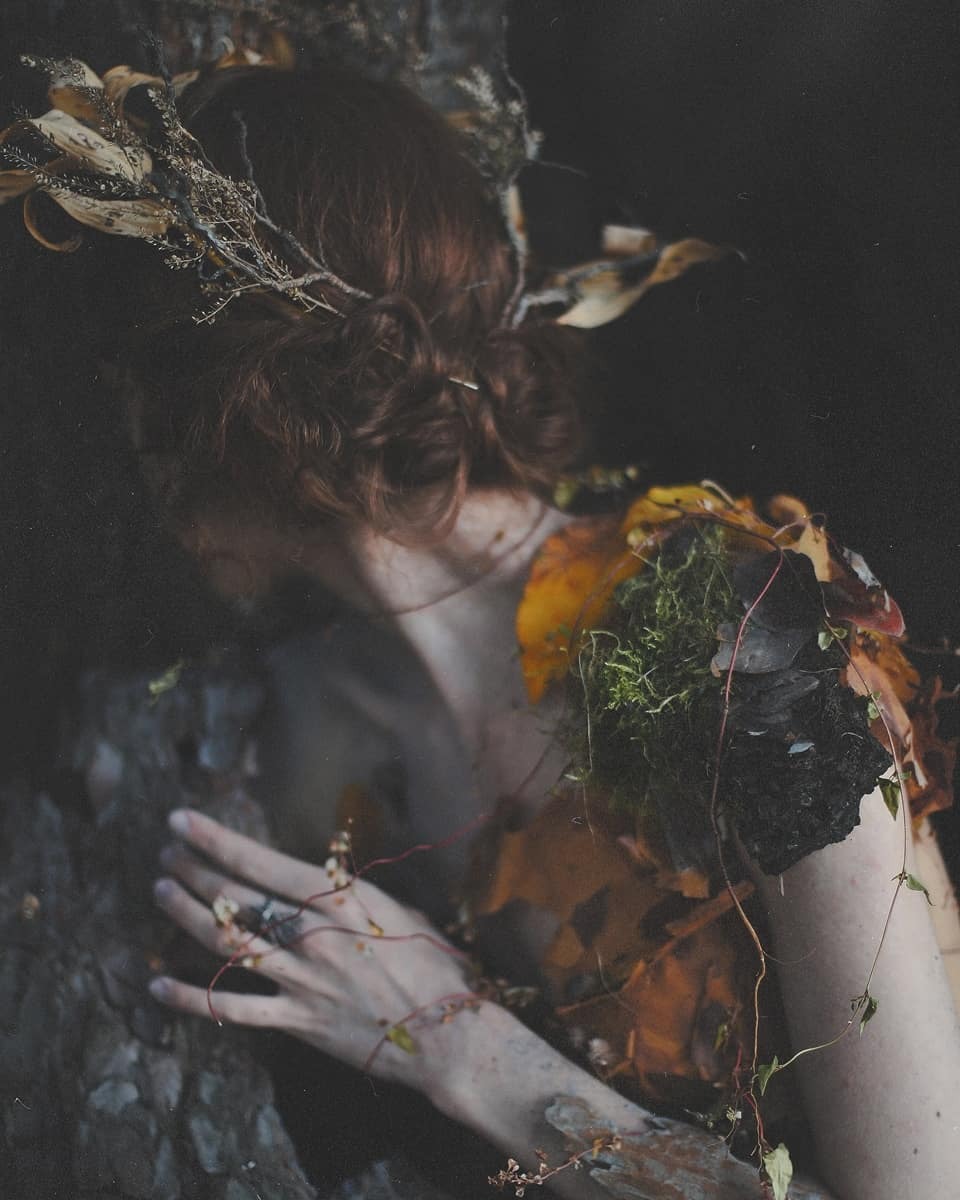
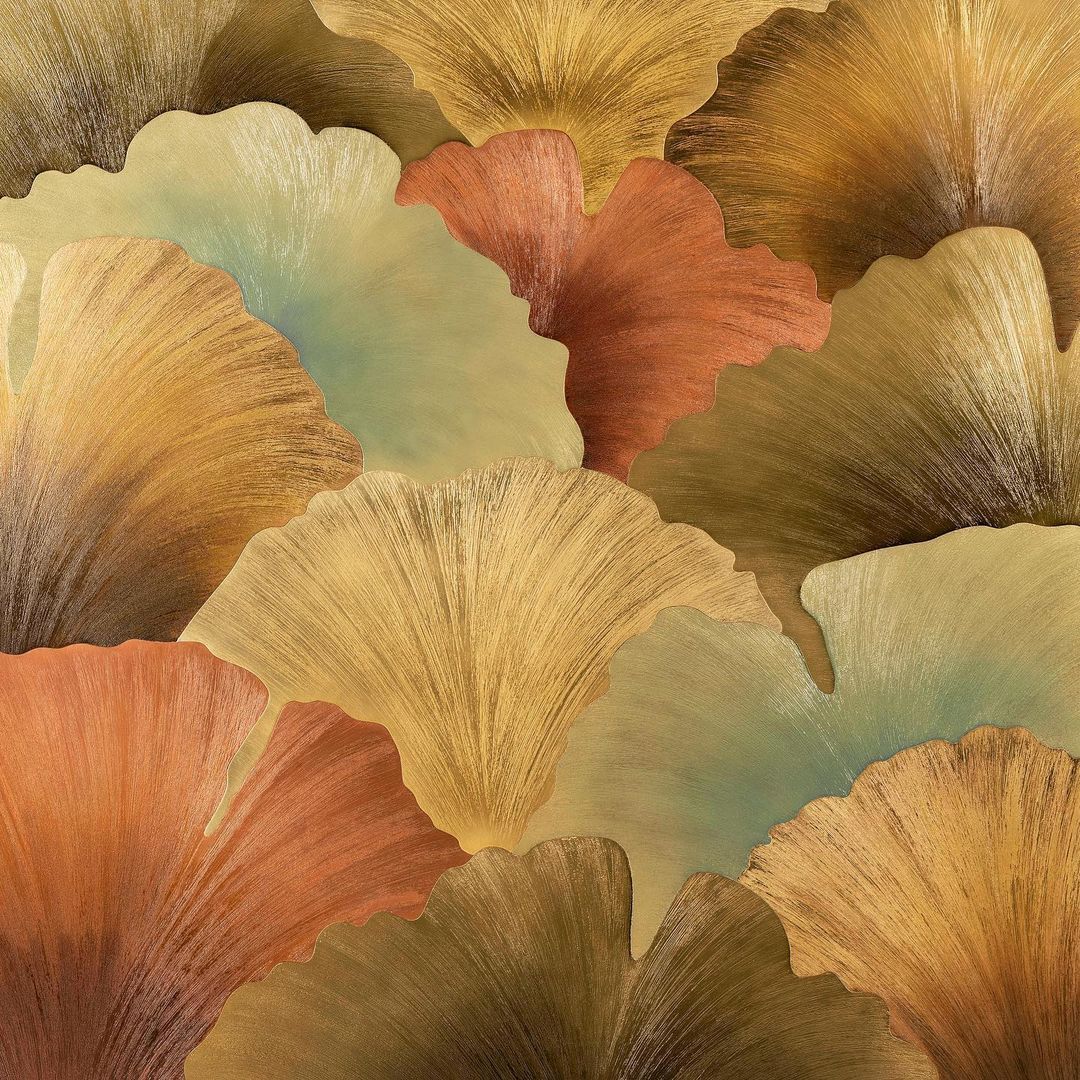
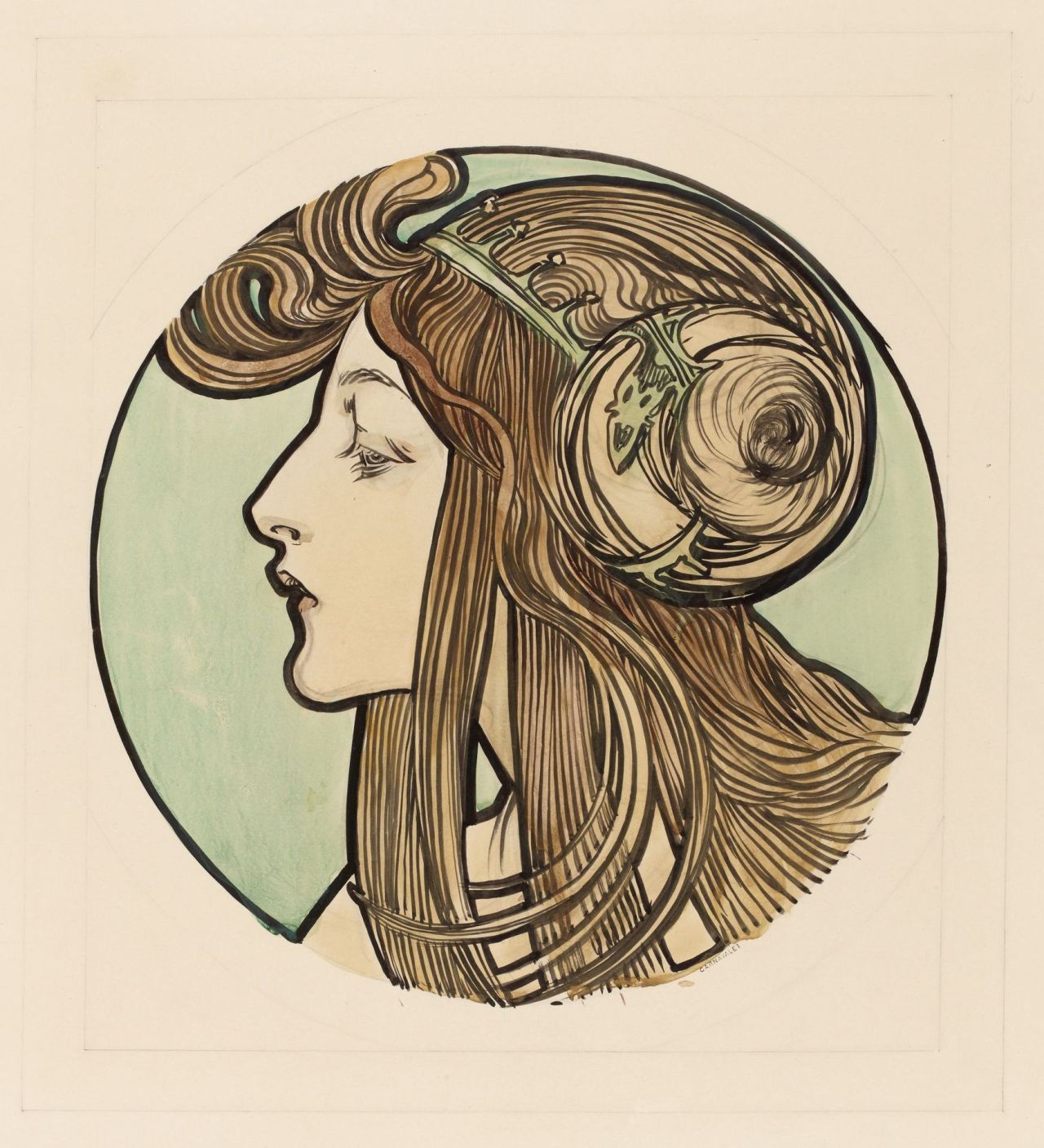
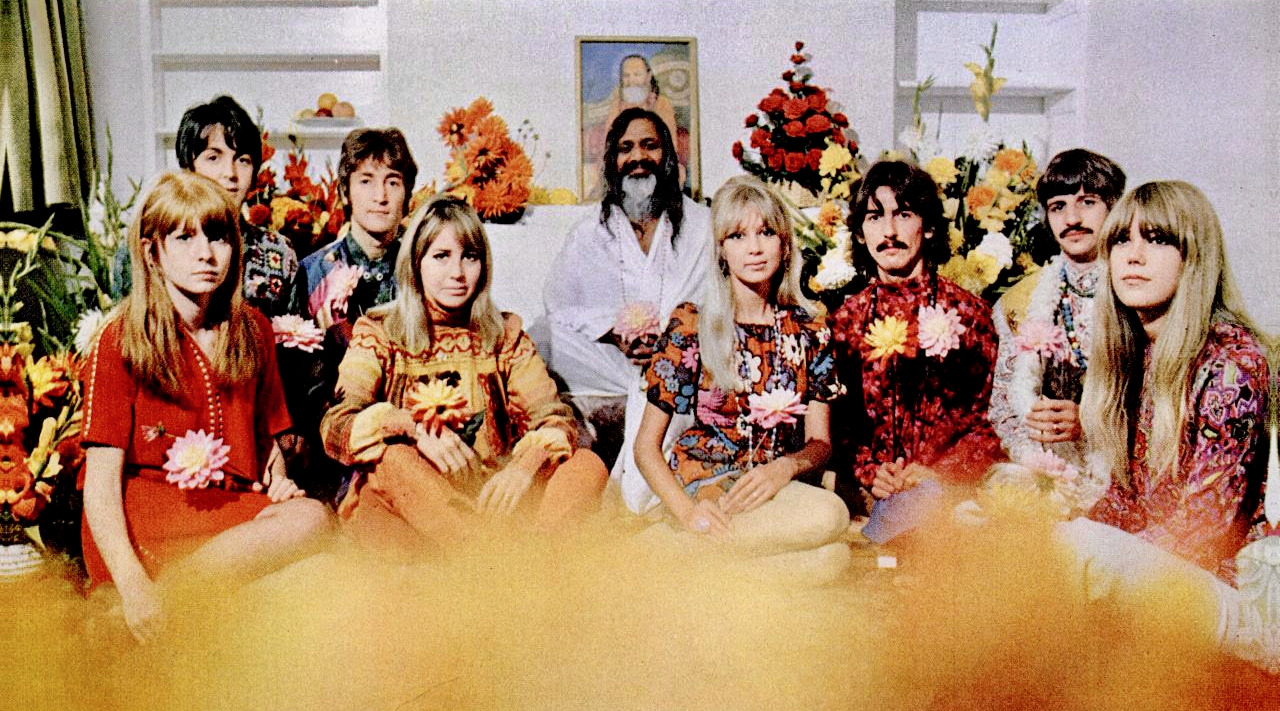
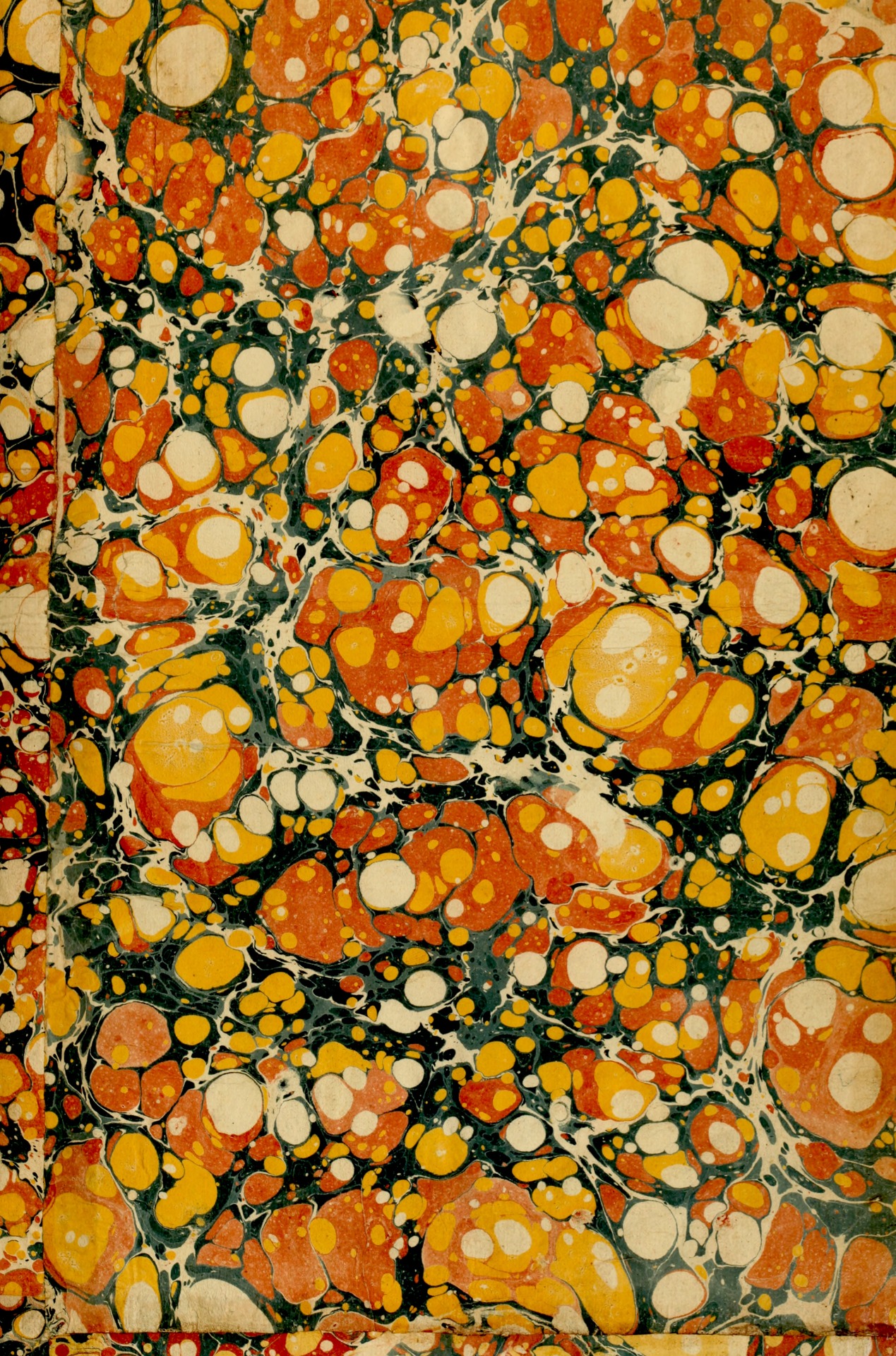

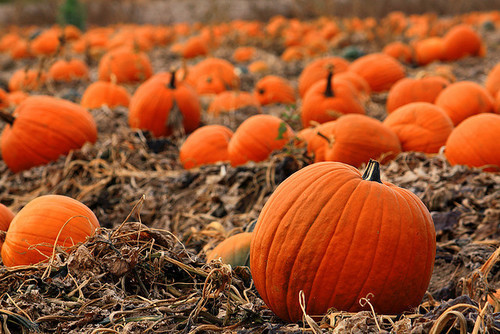
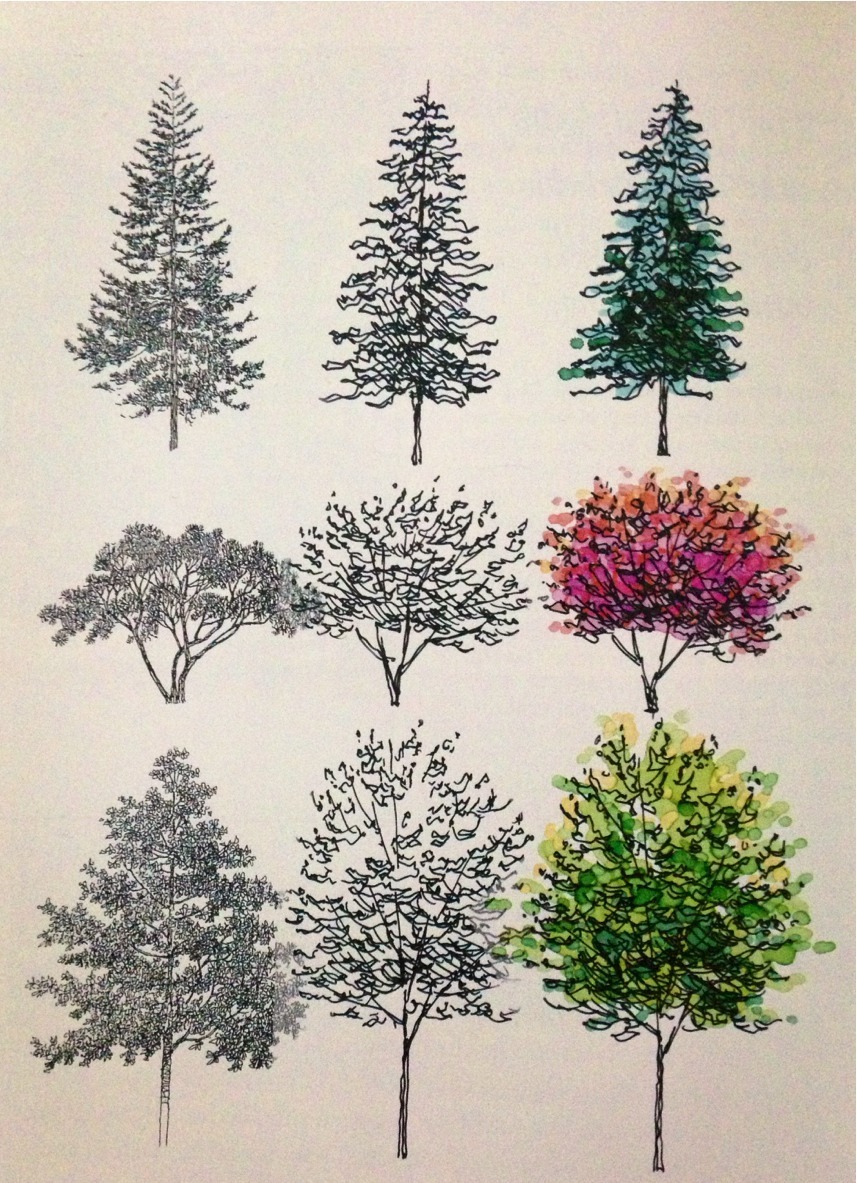
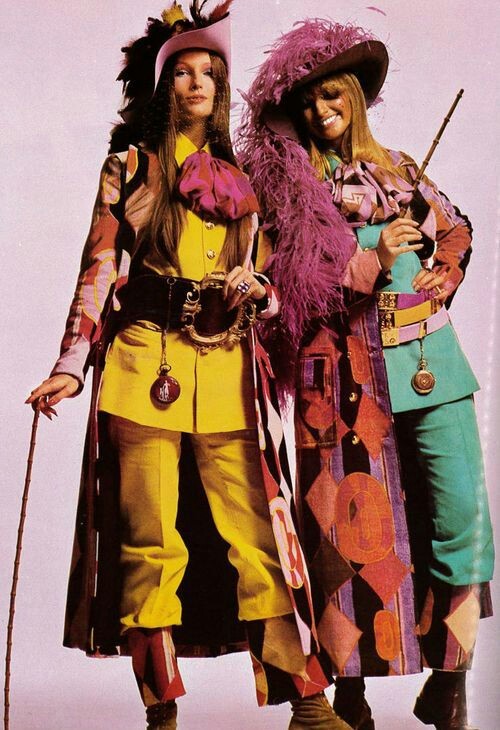
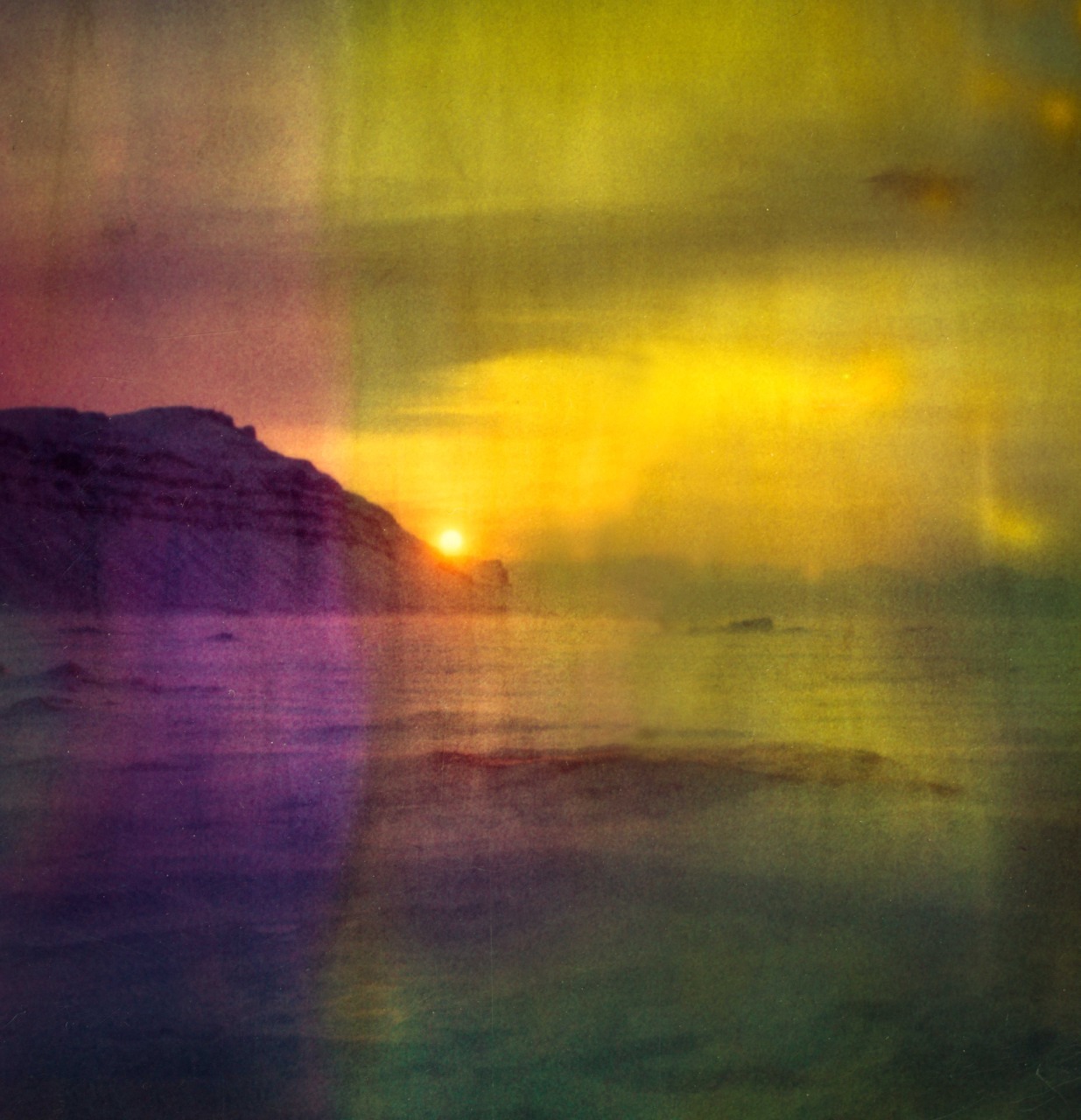
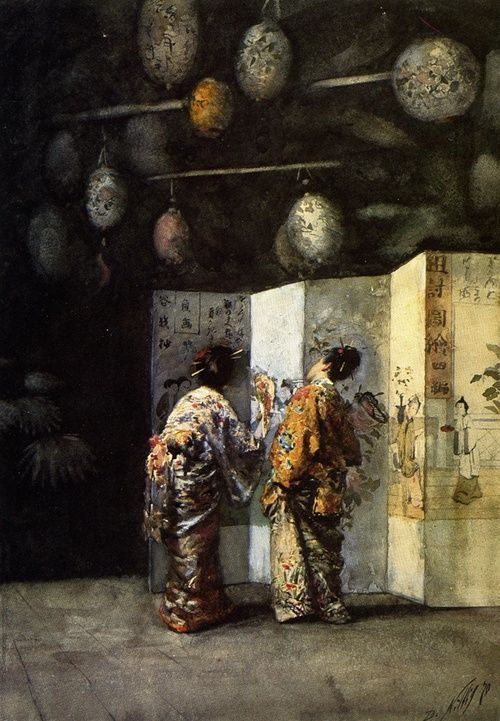

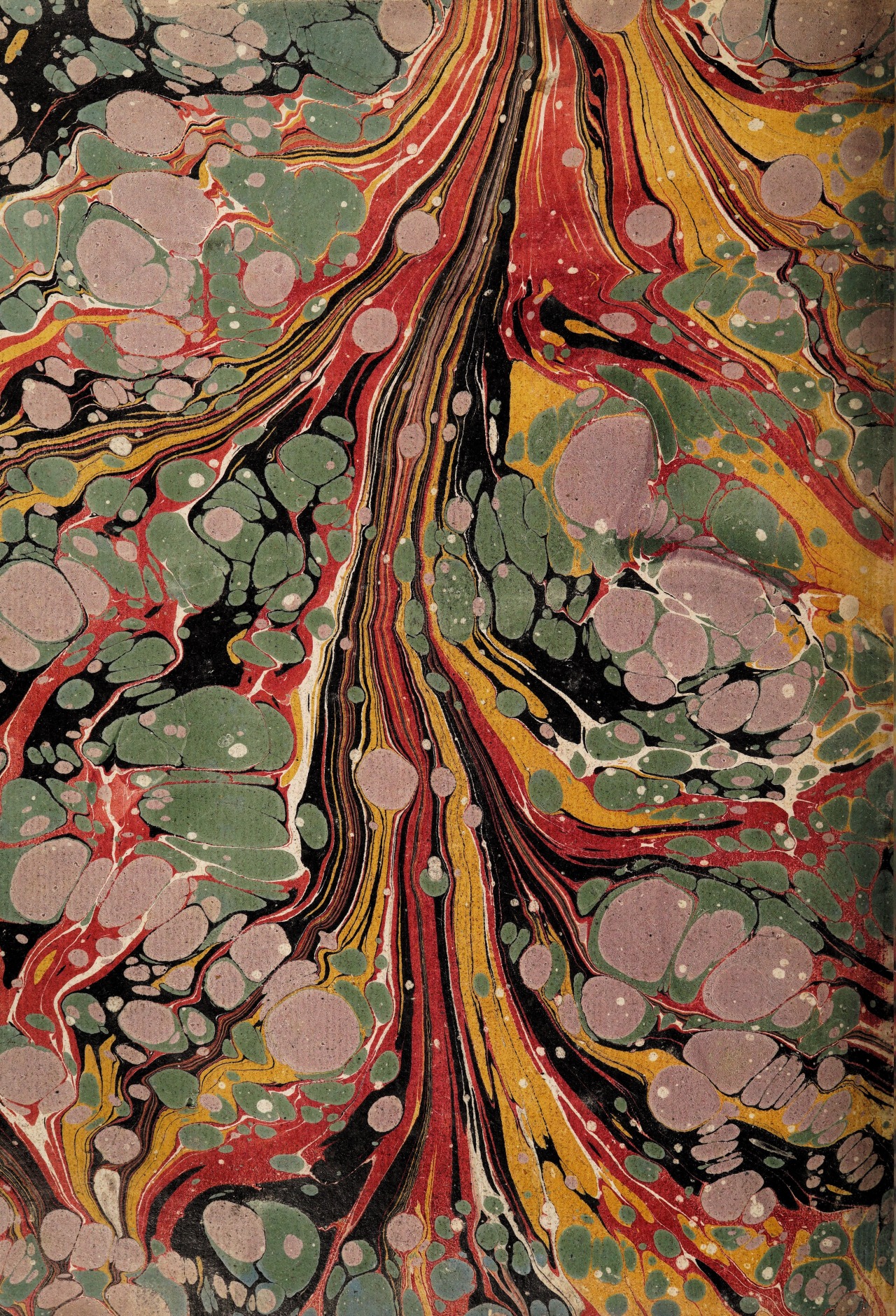


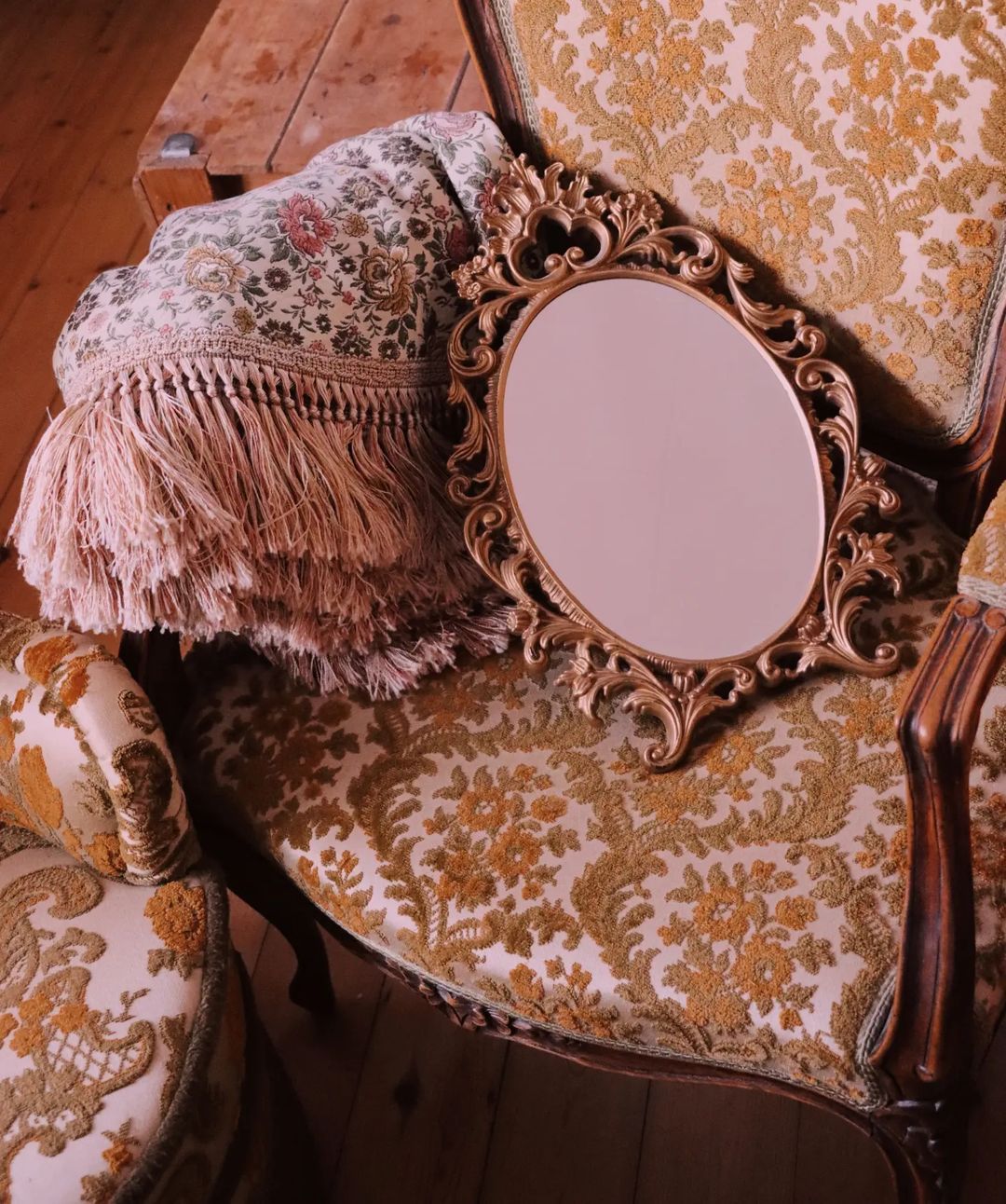


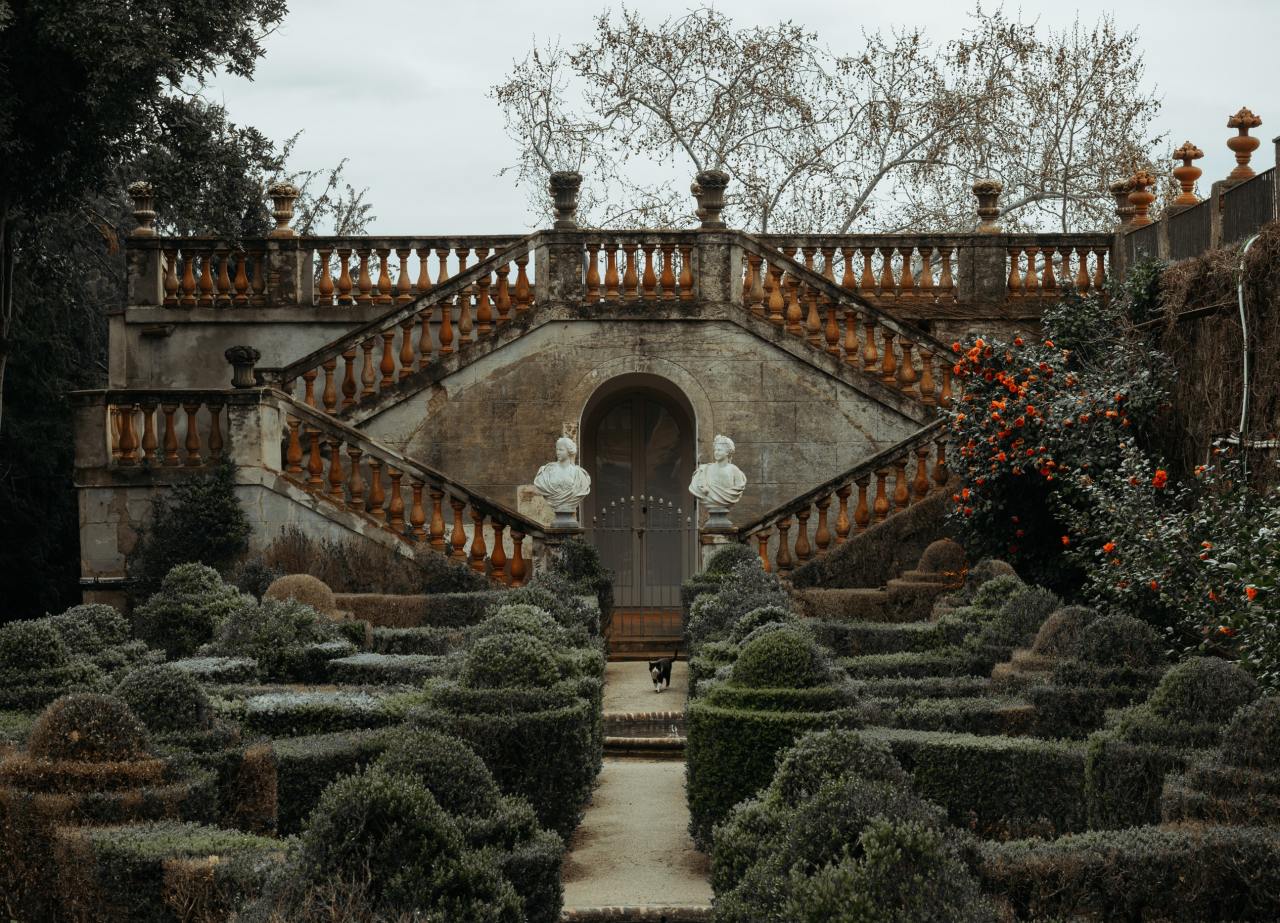

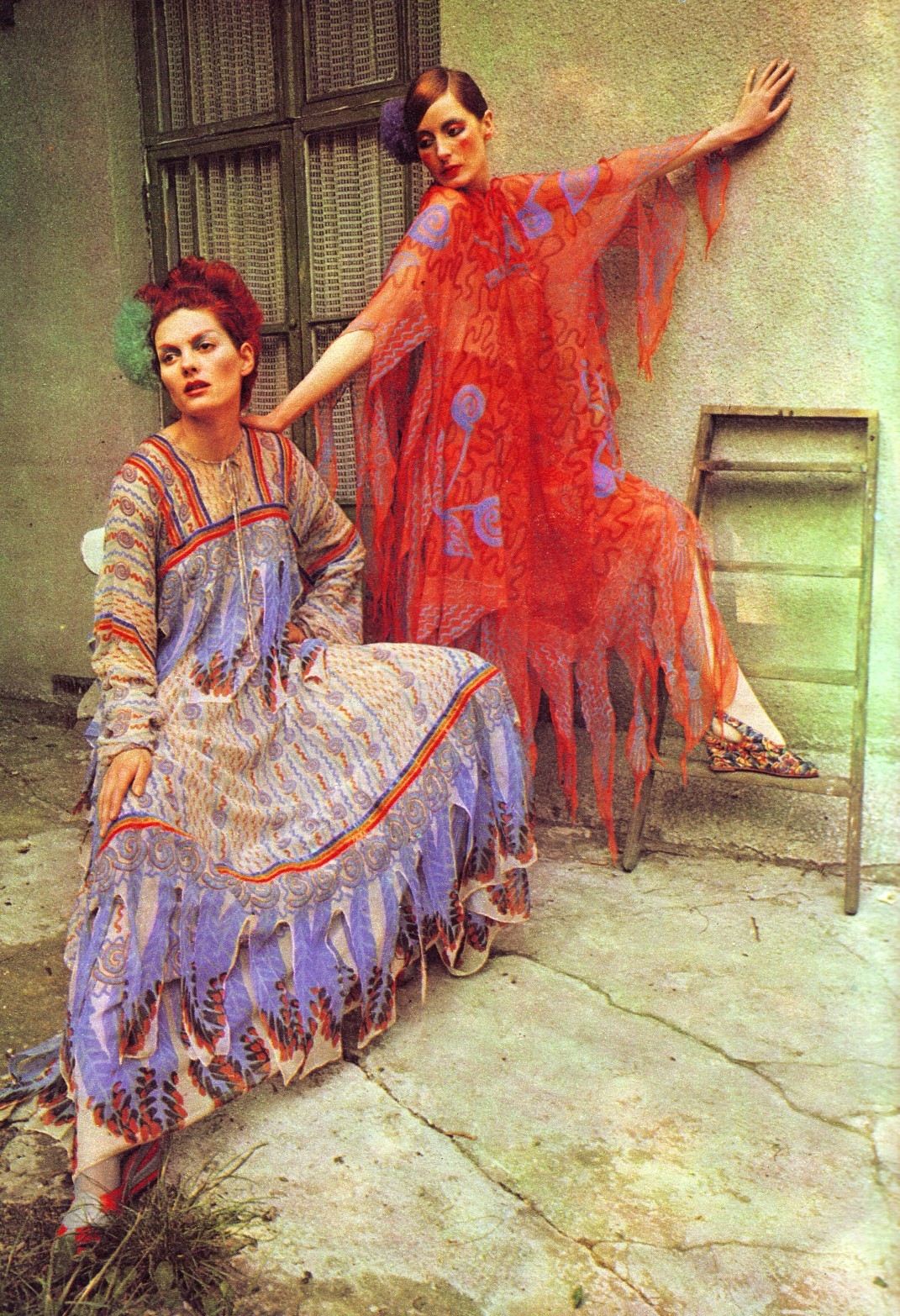
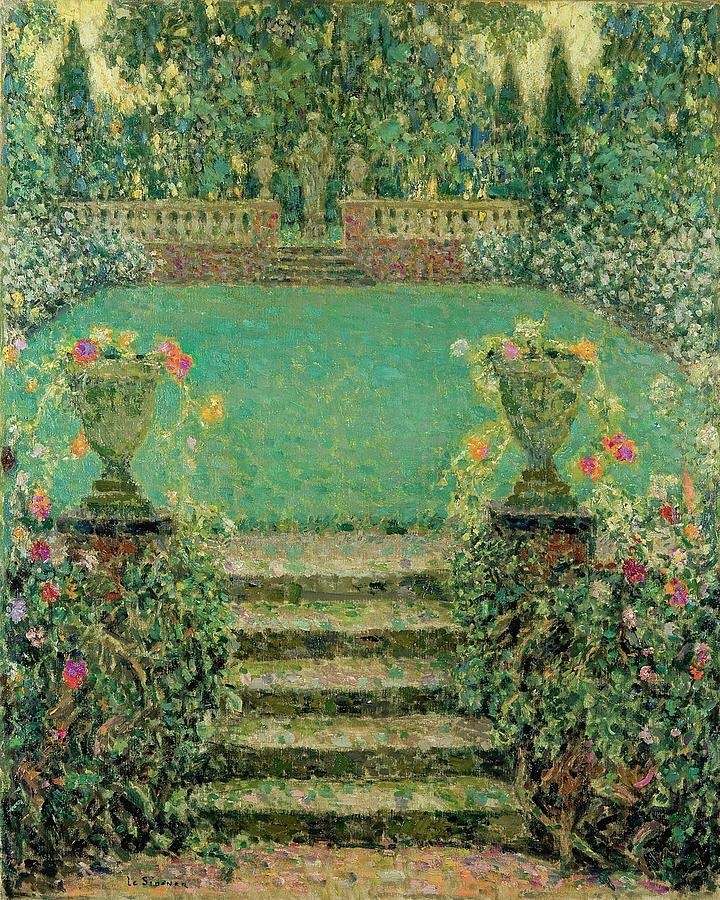
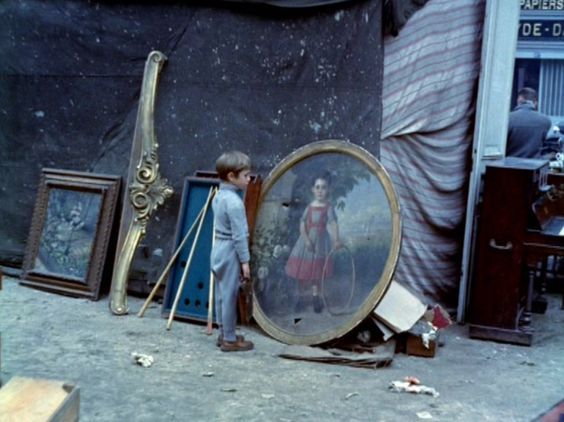
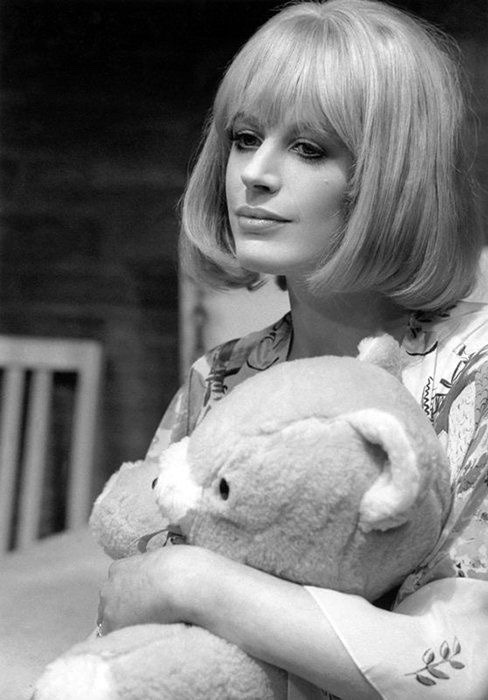
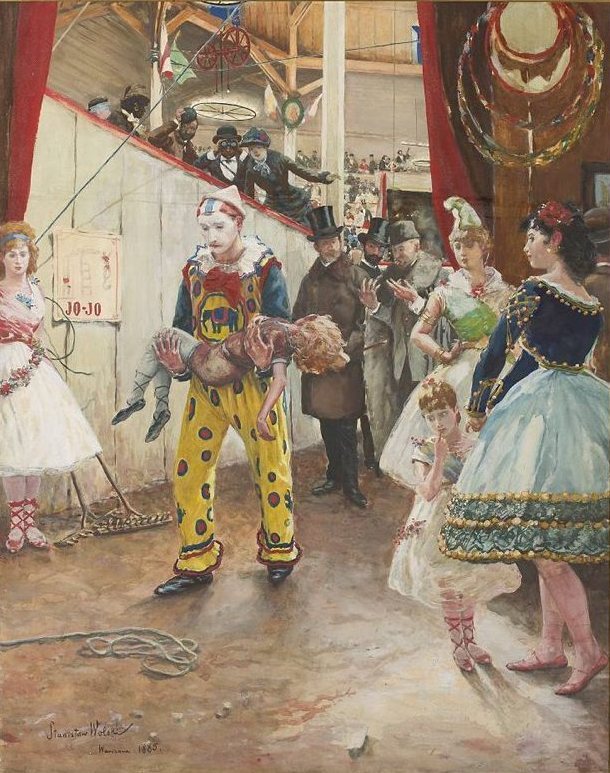
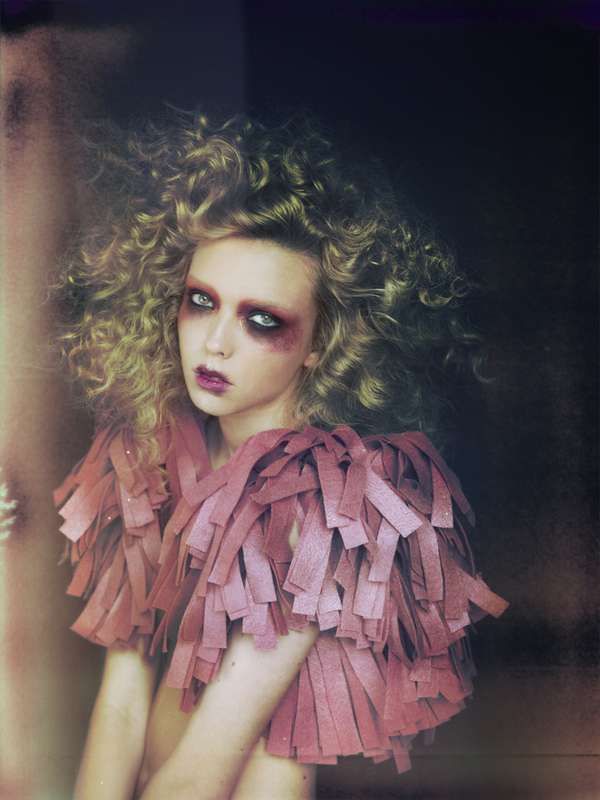
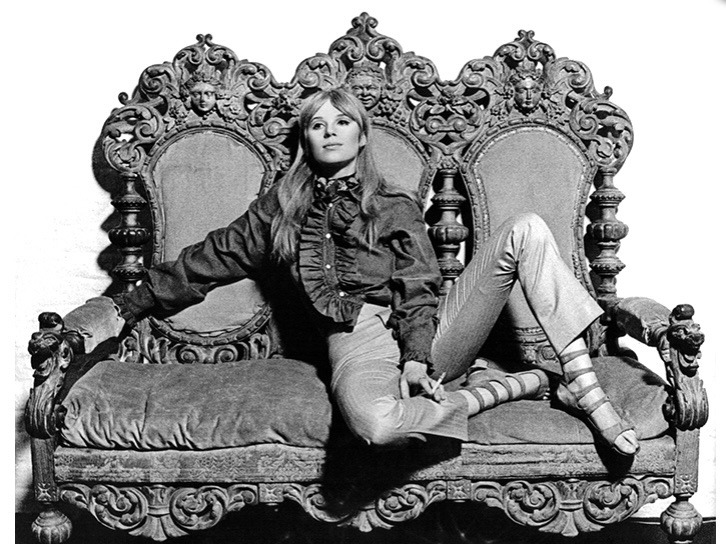















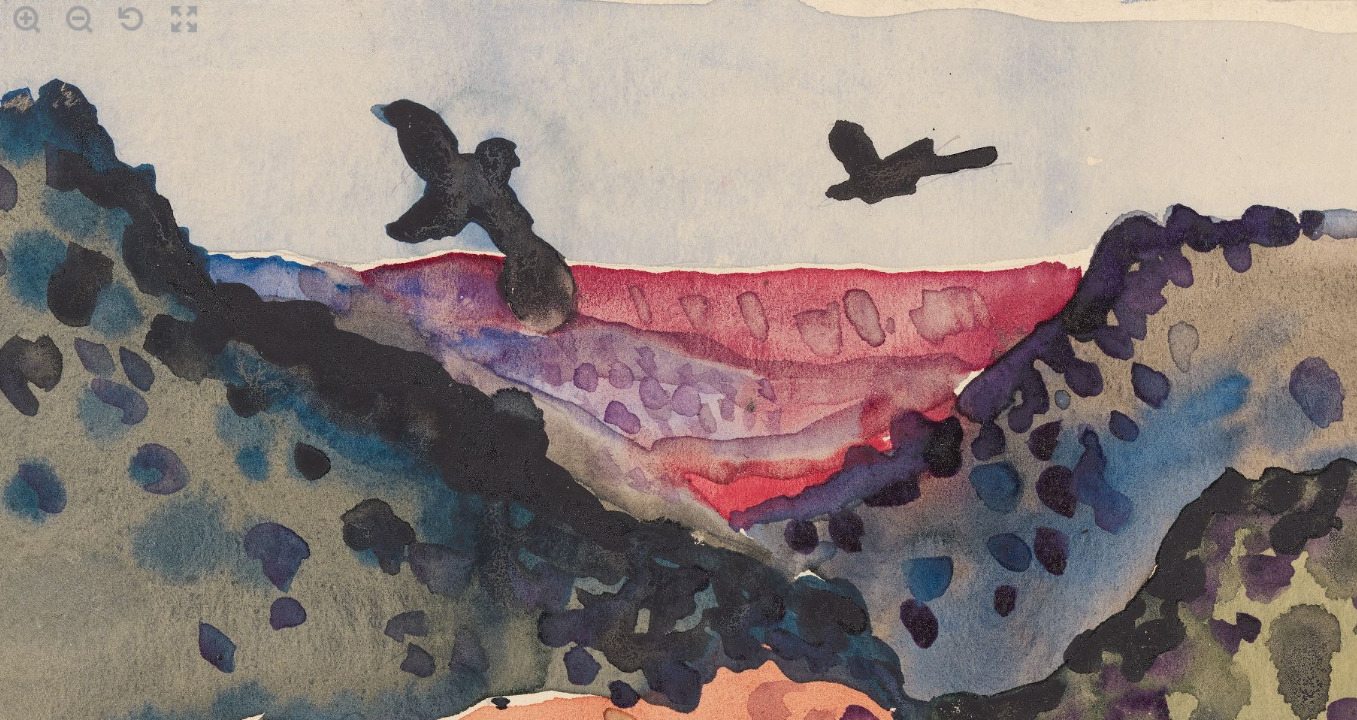

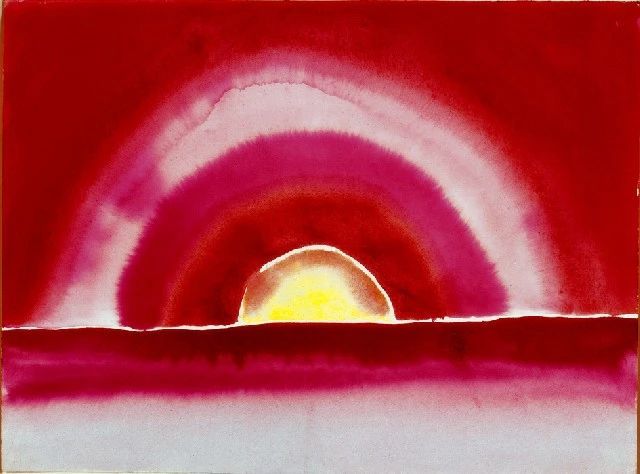
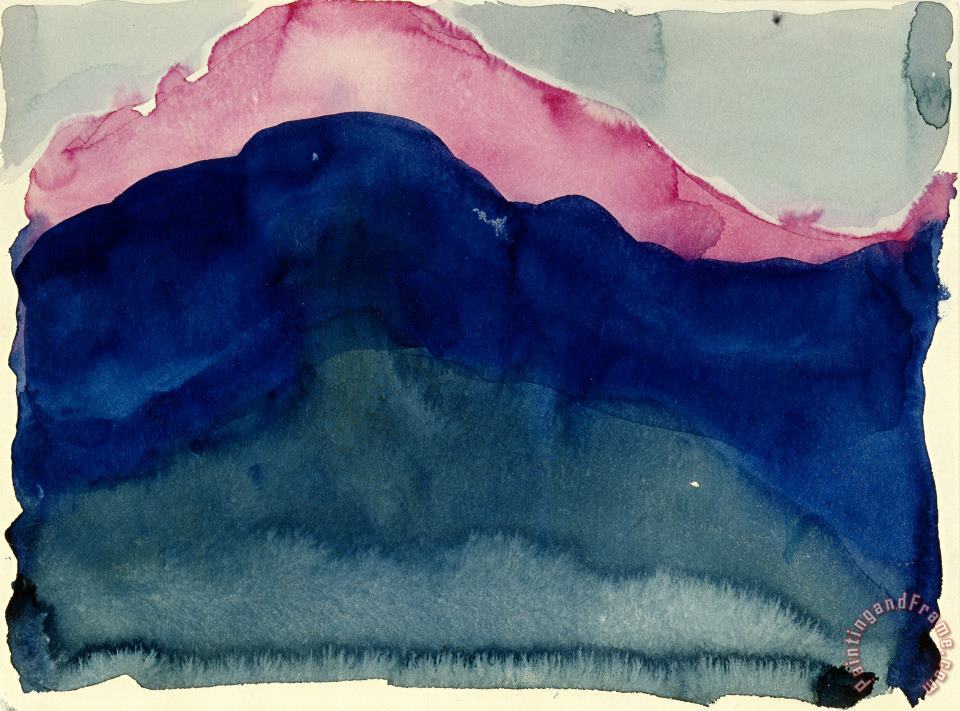
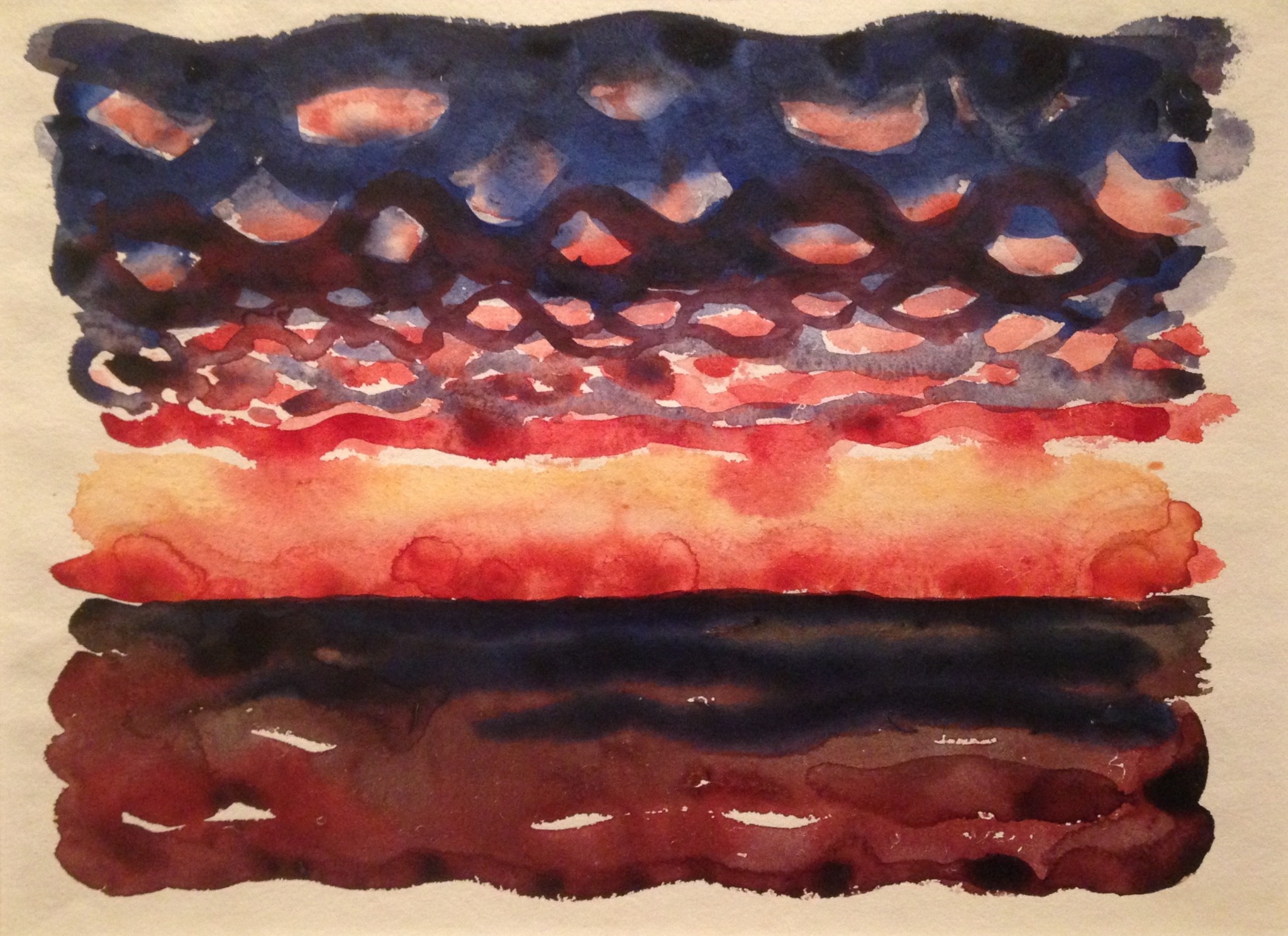



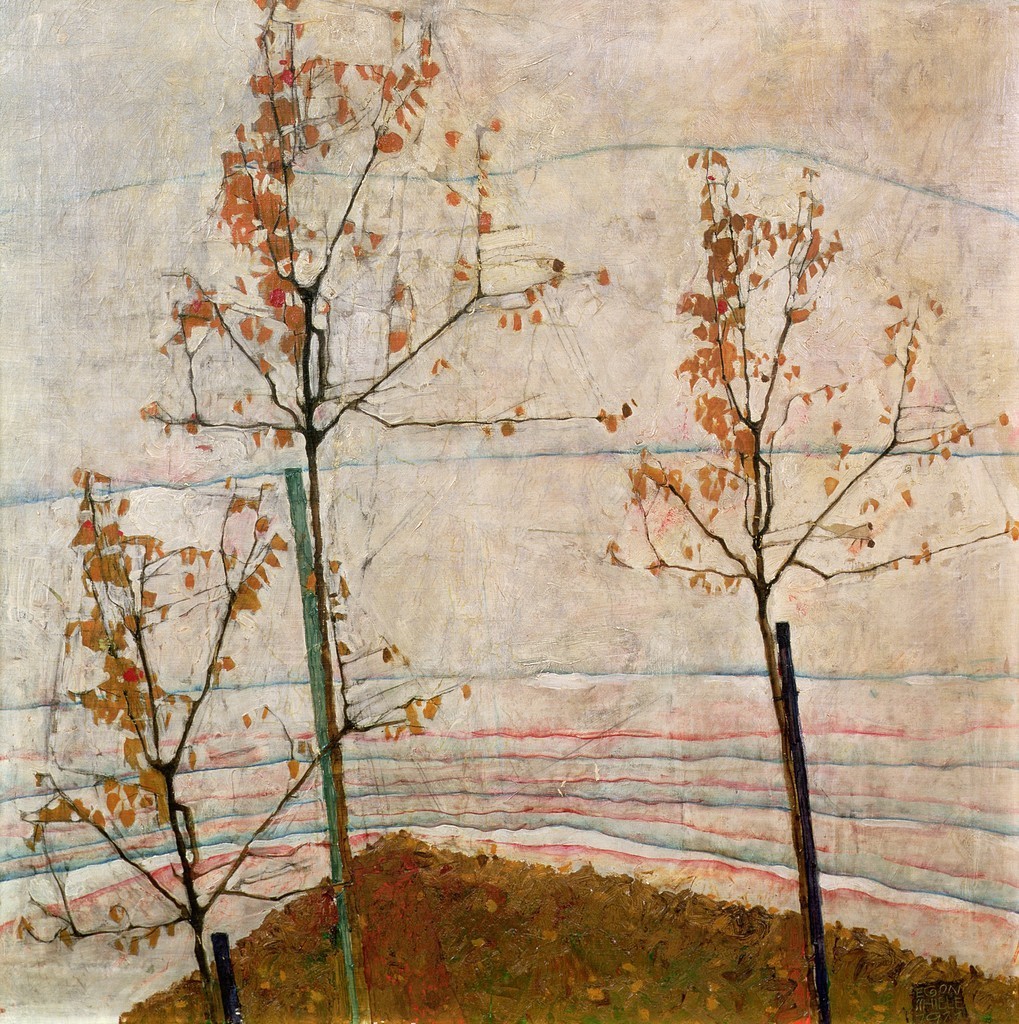

 Georgia O’Keeffe, Lake George – Autumn, 1927
Georgia O’Keeffe, Lake George – Autumn, 1927